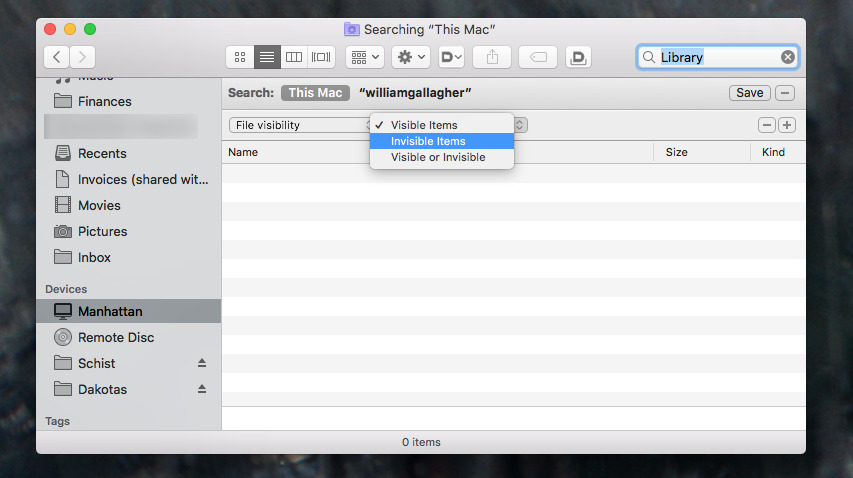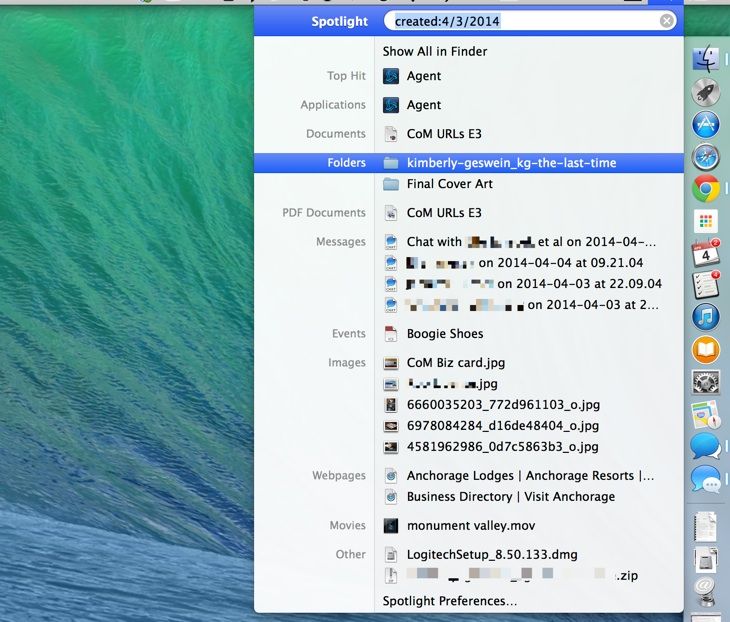


- Search for program files on mac windows 10#
- Search for program files on mac windows 8#
- Search for program files on mac windows#
To search only your documents, click Documents when you open File Explorer. For example, to search the whole computer you go to the C: drive. You need to be in the folder where you want to conduct the search. You type the name of the file for which you want to search in the search dialogue box at the top right.
Search for program files on mac windows#
However, you can get to it the same way you did on previous versions of Windows by right-clicking on the Start Menu icon.
Search for program files on mac windows 10#
Windows 10 has moved the File Explorer onto the Start Menu:
Search for program files on mac windows 8#
Windows 8 methods of searching (two versions).There are three distinct ways to search files on Windows: Keep reading to find out more about the changes. That’s because the question mark can only replace one character in the file name.Searching for files by name and by the contents of the files on Windows 10 is a bit different from Windows 8. Typing in book?.pdf will only find books.pdf, but not bookkeeping.pdf.

Typing in book*.pdf may find files such as books.pdf as well as bookkeeping.pdf. For example, typing “books.*” in the search box will find files such as books.doc and books.pdf. The asterisk can replace a whole group of letters or numbers, while the question mark only replaces one character. If you only know part of the name of a file or folder you are searching for, you can use wild cards such as “*” or “?”. By default, Windows is set up to search within subfolders. If you click on “More advanced options” you can tell Windows to search within system folders (where operating system files are stored) or to search hidden files and folders.

For example, you can tell Windows to only look for files that are at least a certain size by selecting the “Specify size” option, selecting “at least”, and entering a file size. The next link allows you to specify some file size criteria. You can select one of these three options using the pull-down menu above the date range fields. This date range can cover when you think the file was created, last modified, or last accessed. You can also select “Specify dates”, and enter a date range using the “from” and “to” fields. If you select “When was it modified?” you can search only files modified in the last week, the last month, or the last year using the radio buttons. The links below the drive selection menu allow you to set more specific criteria for your search. Under “Look in” you can change the drive to search from the default of the “C:” drive to a CD or a USB drive. In the next window displayed by the Search Assistant, you can enter the name of the file you are looking for under “All or part of the file name.” You can also search the contents of a file for a particular word or phrase by entering them in the second search field. If you know the type of file you are searching for, then use one of the first two links, “Pictures, music, or video” to search for those kinds of files or “Documents” to search for Word files and the like. Click on “All files or folders” in the Search Assistant area unless you know the type of file you are looking for. In the window that opens up, you will see the search assistant on the left, and the results window on the right. To search for files on your computer using Windows XP’s search feature, select Start, Search.


 0 kommentar(er)
0 kommentar(er)
